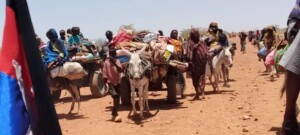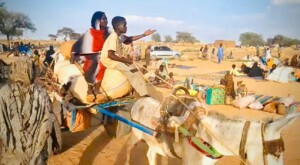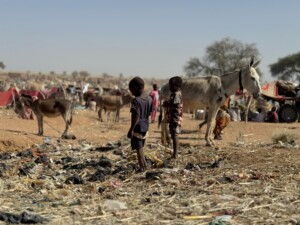Thousands of Chadian refugees set to return from Darfur
More than 4,000 Chadian refugees in Central Darfur have started their voluntary return home after more than ten years in a Darfur refugee camp.
More than 4,000 Chadian refugees in Central Darfur have started their voluntary return home after more than ten years in a Darfur refugee camp.
The United Nations' Refugee Agency (UNHCR) released a statement yesterday reporting that a first group of approximately 301 Chadians have left Um Shalaya camp in Central Darfur. They are on their way to Moudeina in the Sila region of eastern Chad.
The refugee agency and the governments of Sudan and Chad have provided transport and additional assistance to the refugees.
A Chadian refugee leader in Um Shalaya, Osman Harun Abdallah, said: “After ten years in Darfur we called on the authorities to help us to return home safely and with dignity in order to lead stable lives and cultivate our lands.
“I thank the people of Darfur for hosting us for more than ten years. We have the same traditions and cultures and we never felt like strangers here,” said Abdallah.
The UNHCR expected that by the end of this year, some 1,000 refugees will return to Moudeina and the agency plans to return as many as 4,000 refugees to other sites in Chad next year. The returnees will receive 'return packages' to help them re-establish their homes and livelihoods.
Chadian refugees who chose to remain in Darfur will continue to benefit from the principles of international protection, according to the press statement.
Sudanese refugees
Chad is itself an important refugee host country with over 300,000 people from Darfur living in camps in the east of the country.
In October 25 Sudanese refugee leaders returned to their home villages for the first time this week on go-and-see visits organised by UNHCR. After more than a decade in exile, Sudanese refugees begin to look more seriously at returning to Darfur. In Chad the refugees face dwindling humanitarian support, with cuts to food rations, and limited livelihood opportunities and access to land. There are also concerns about the language of instruction for their children’s education.











 and then
and then